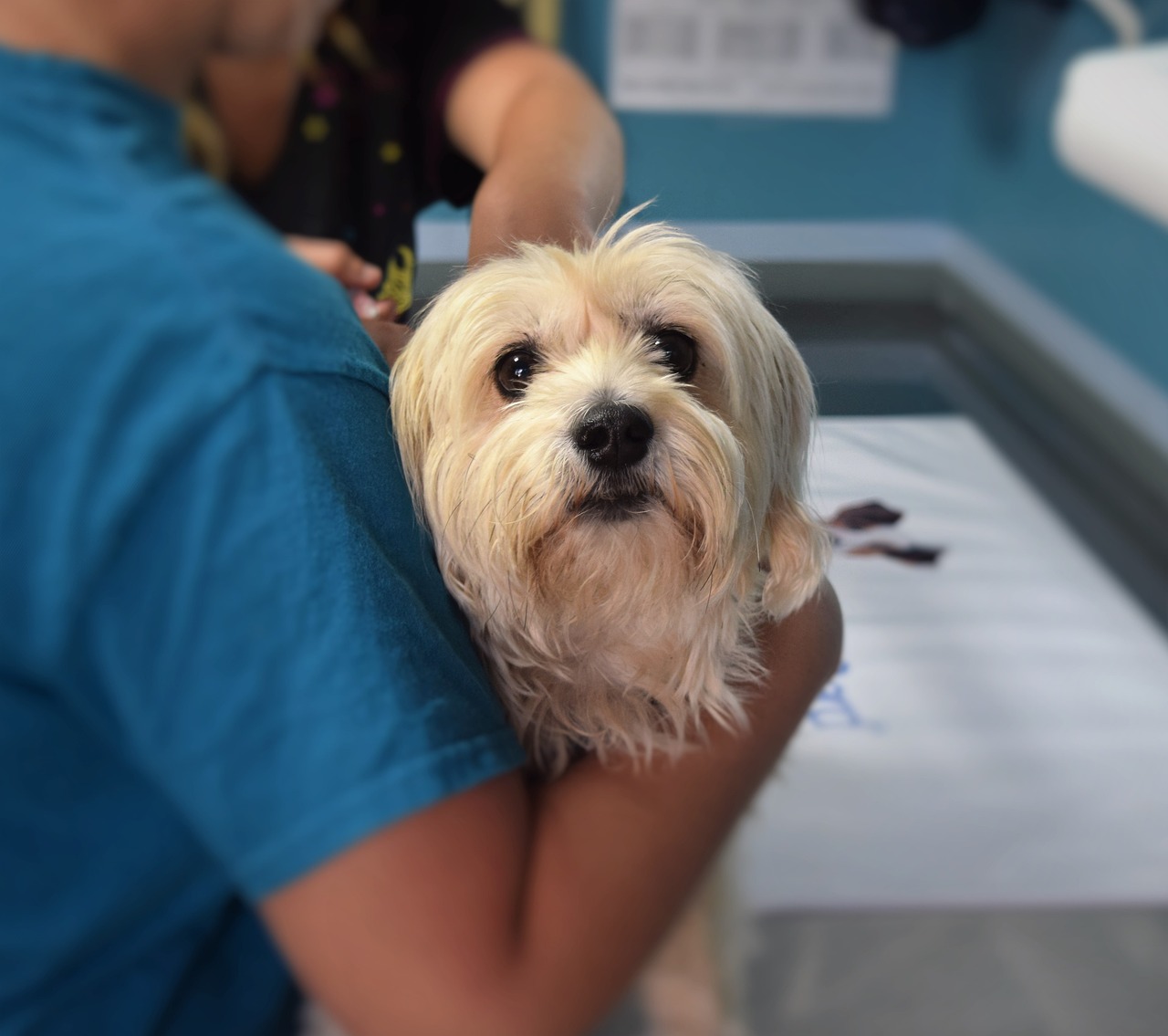
Being an animal lover from my earliest memories, one of my favorite childhood movies was Dr. Doolittle. As you probably know, Dr. Doolittle was a veterinarian who had the magical gift of being able to talk to animals. Oh, how I wished I was able to do so as well!
Unfortunately, this ability doesn’t exist in real life because it would really come in handy now. Veterinary telemedicine will be allowed in California beginning January 1, 2024. Like human telemedicine where patients discuss their illnesses over the telephone or video calls with their physicians, veterinary telemedicine allows pet owners to contact their veterinarians the same way to obtain diagnoses and medications for their pets. The establishment of a veterinarian-client-patient relationship (VCPR) can now occur without the veterinarian ever seeing the animal. Arizona, Idaho, New Jersey, Vermont, and Virginia also allow veterinary telemedicine.
Supporters of veterinary telemedicine include several animal welfare organizations who state this will improve animal health and reduce the surrender of animals into animal shelters due to lack of veterinary care. Other proponents are direct-to-consumer telehealth businesses like Chewy, Dutch Pet, Walmart, and digital startups that see the business opportunities available. The market is currently estimated to be worth $530 million in revenue and is anticipated to double by 2028.
While this innovative approach brings convenience and accessibility, it also raises concerns about the quality of care provided by telemedicine through the lens of the traditional VCPR. There are pros and cons to this new tool, and pet owners should be aware of its possibilities and limitations.
PROS:
Accessibility and Convenience: There are remote areas in California that have a shortage, or even absence, of accessible veterinary services. Urban areas have “veterinary deserts” where there are no conveniently located veterinary hospitals in the area. Pet owners can seek advice or consultations without the need for a physical visit to the veterinary hospital. It’s especially beneficial for individuals with limited mobility.
Time and Cost Savings: Veterinary telemedicine can save both time and money for pet owners. Follow-up consultations and minor health concerns can be addressed without the need for a trip to the veterinary hospital, reducing travel costs and time commitments. However, pet owners should carefully assess their bills and prescription charges, as it may not be clear what corporation is monetizing this service. Make sure there are actual cost savings, or that costs are comparable to in-hospital services.
Stress Reduction for Pets: Some pets become anxious or stressed during visits to the veterinary hospital. Telemedicine offers a more relaxed environment for animals, allowing them to stay in their familiar surroundings during consultations.
Quick Response in Emergencies: Telemedicine can provide a quick response in urgent situations. Pet owners can seek immediate advice or guidance for potential emergencies, allowing them to take timely action before reaching a physical clinic.
CONS:
Limited Physical Examination: One of the key drawbacks of veterinary telemedicine is the inability to conduct a hands-on physical examination. Dr. Doolittle’s magical ability to understand animals allowed him to talk to the animals, but real-world veterinarians need to physically assess animals for accurate diagnoses. Pet owners may not correctly identify or communicate the underlying causes of their pet’s condition, causing a veterinarian to misdiagnose the illness and/or prescribe the wrong treatment.
Missing Other Key Health Needs: If pet owners rely too much on telemedicine, they will miss important opportunities for in-person wellness exams for their pets. These are necessary to maintain vaccinations and get baseline information on the pet’s overall health. Veterinarians can discover important medical issues that might not be apparent to the average pet owner. By skipping office visits, this information will be missed until the condition worsens and is more serious and expensive to treat.
Loss of Personal Connection: The traditional VCPR involves a personal connection built through physical interactions. Telemedicine may hinder the development of this bond, potentially affecting the quality of care and the understanding of the pet’s behavior. While some pets may be stressed at the veterinary hospital, it’s good for them to go there at least once a year for routine exams to build a level of acceptance in their mind. If the first time a pet is taken to a veterinary hospital is an emergency, they would not have had the benefit of a history of positive experiences there to help calm them during this urgent time.
Technical Limitations: Not all pet health issues can be diagnosed or treated remotely. Certain diagnostic procedures such as blood tests, skin scrapings, or X-rays require physical presence and cannot be conducted through telemedicine.
Legal and Regulatory Challenges: The field of veterinary telemedicine is still evolving, and regulatory frameworks may not be fully established. This lack of clarity can pose challenges in terms of accountability, prescription regulations, and standardization of practices.
Striking a balance between technology and traditional veterinary practices is crucial to ensure the well-being of our animal companions in this ever-evolving landscape of telemedicine. Just as Dr. Doolittle’s ability to communicate with animals was a magical and fantastical concept, veterinary telemedicine brings both magic and challenges to the world of pet healthcare. While it offers convenience and accessibility, it also raises concerns about the depth of care and the importance of physical examinations. The VCPR in-person practice has been a long-established requirement because animal patients cannot verbally communicate their health issues. Unless that patient is Mr. Ed!
Marcia Mayeda
You can subscribe to Marcia’s blog here: https://animalcare.lacounty.gov/directors_blog/
Please support DACC through the nonprofit Los Angeles County Animal Care Foundation at: https://lacountyanimals.org/give/

